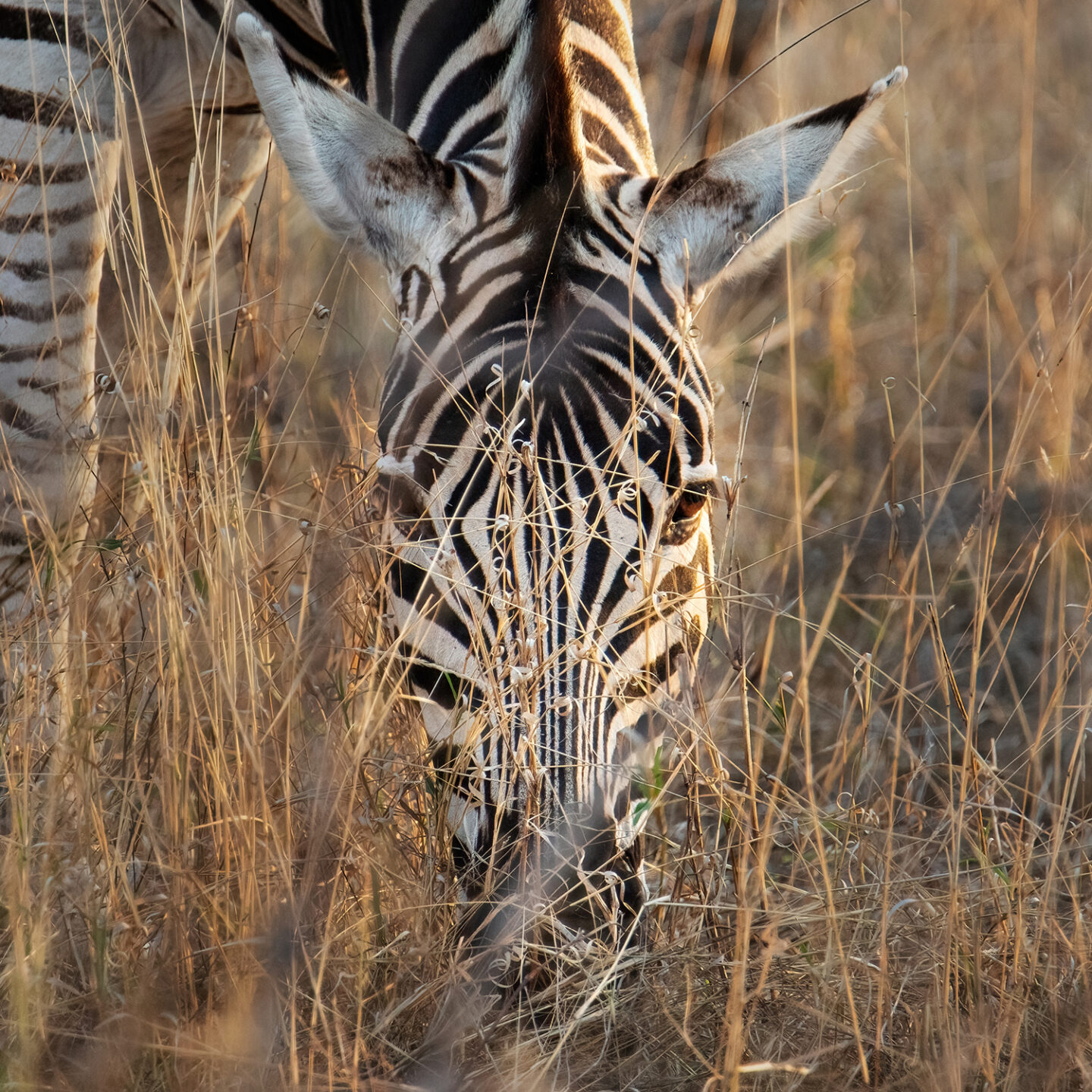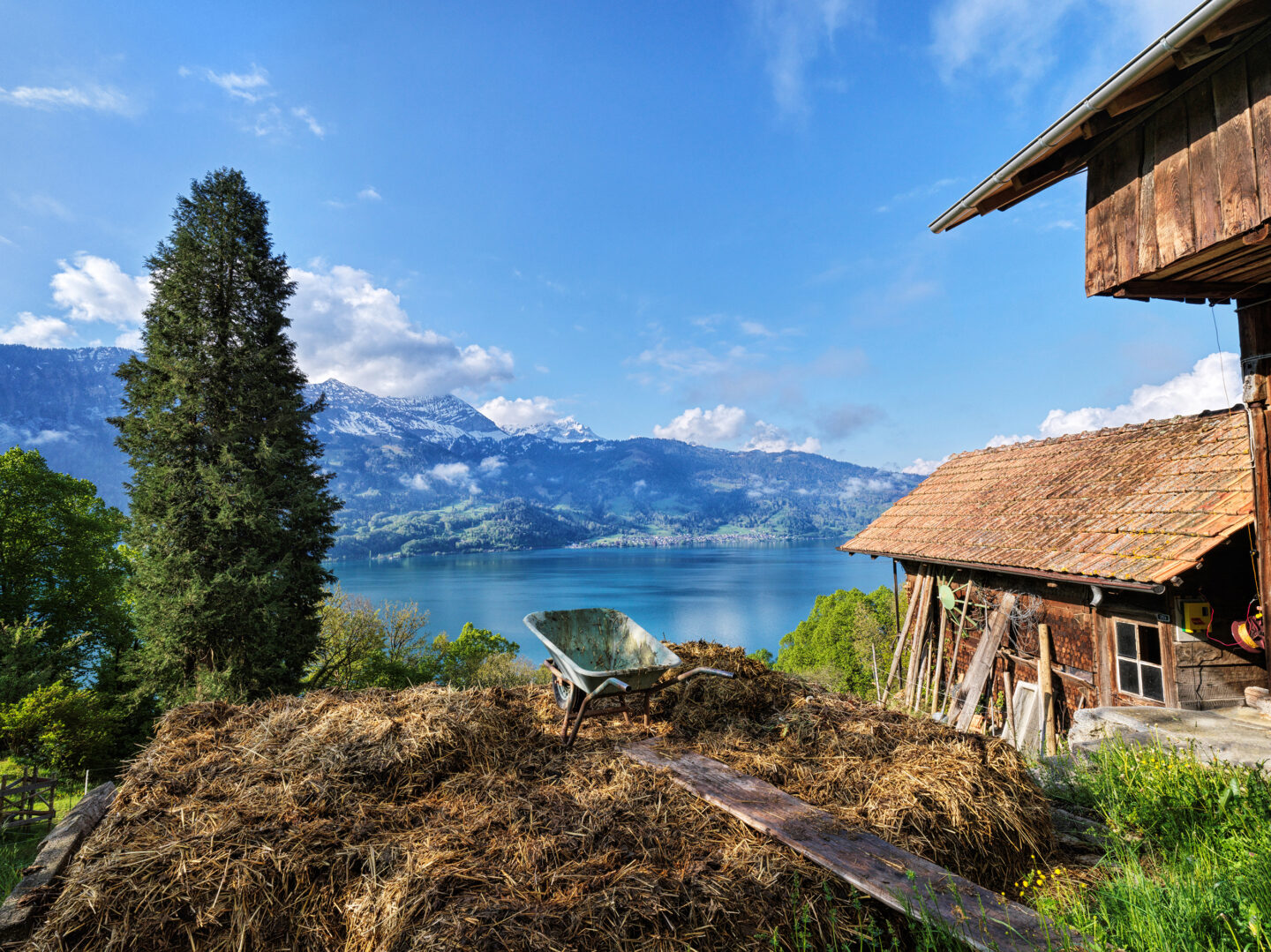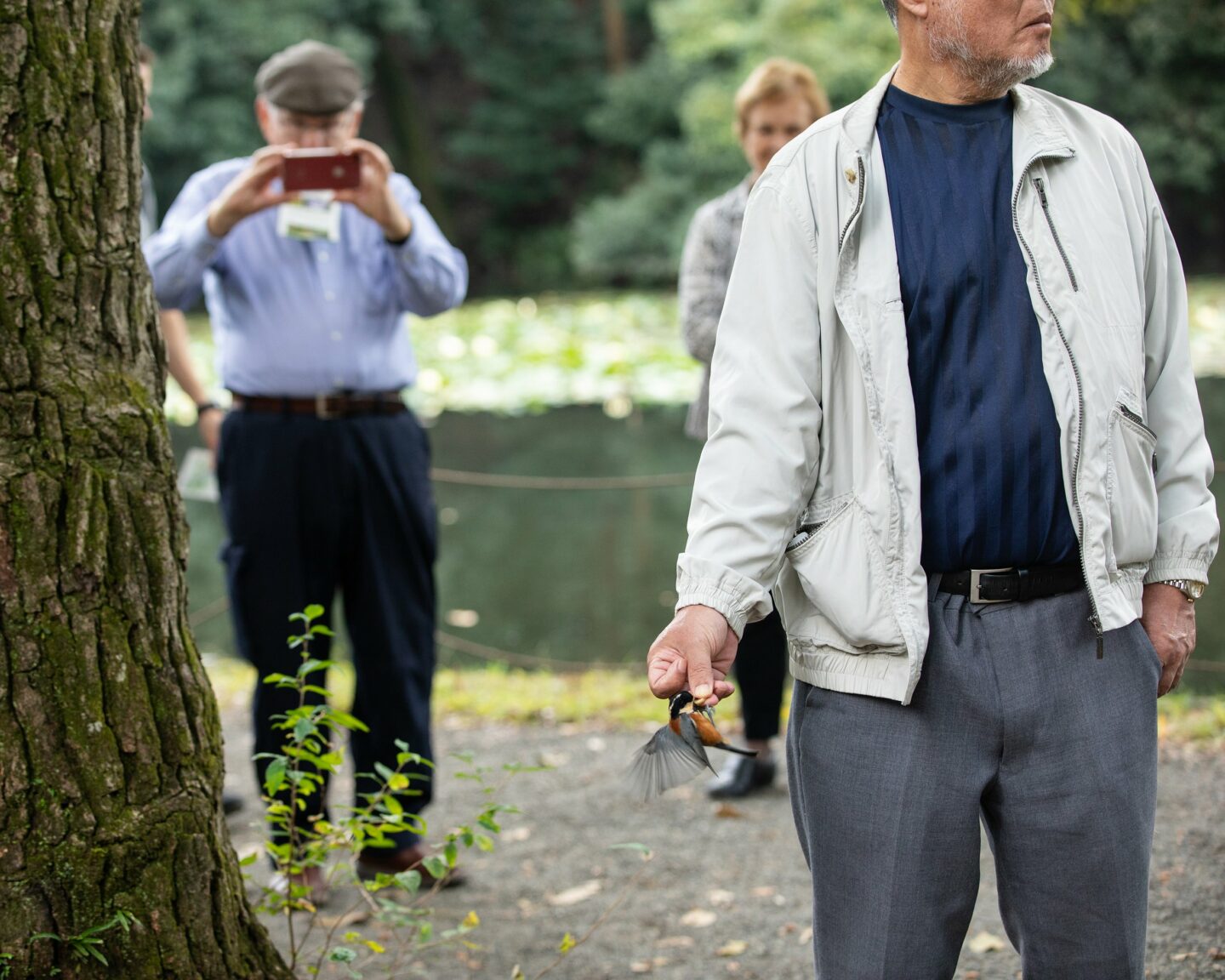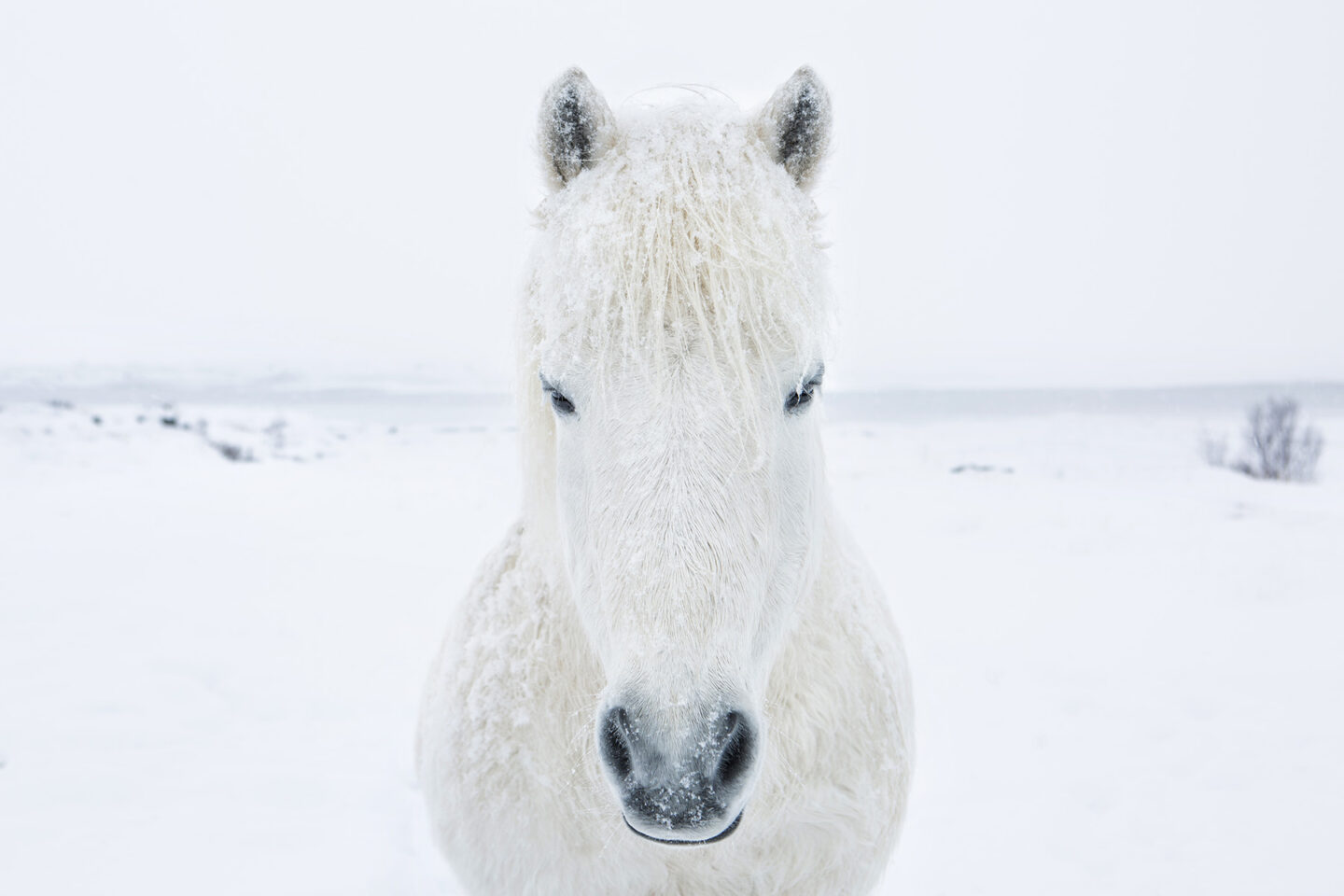In today’s age, with everyone carrying a camera phone in their pocket, taking photos is easier than ever. The convenience and affordability of taking photos nowadays allows everyone to snap away until they capture something decent. With just a few of these simple tips, you will instantly start capturing better photos or videos each time you use your phone or camera.
1. Breathe
Your thoughts will distract you from your experience. Take a moment to pause, acknowledge your thoughts, and take a deep breath. Observe the mind chatter and deliberately choose to pay attention to what is actually in front of you. Concentrate on what you see. By doing this you will see more of the world around you, allowing you to capture images more effectively.
Having trouble? We all do. Use this meditation to get there.
2. Identify your Subject
Identifying your subject is a simple and obvious, yet often overlooked tip. The main subject isn’t always what you think it may be. For example, when photographing a person in a landscape you may find your subject is actually the landscape. By identifying your subject, you prioritize what needs to appear visually pleasing and can create the narrative that supports the story you want to tell.

Here you may think the subject is the dock but it’s really the sunrise. Adding the dock as an element provides context and relation to the oceanic sunrise. It indicates that we are at shore but the shoreline would be irrelevant to showcasing the colors and textures of the image.
3. Simplify
After identifying your subject, make sure that you only convey the narrative you desire. Think of Instagram vs Reality memes. An example would be a selfie in crystal clear waters amidst the bustling reality of a crowded beach behind you. Eliminate the elements that don’t support the narrative you want to share. When in doubt, move closer or crop tighter to eliminate distractions.

By going tight on this image I allow the Zebra’s head to fill the space and eliminate the distraction of the body. A wider shot would allow your eye to wander and the graphic patterns of the Zebra would be less impactful.
4. Support your Narrative
Contrary to the previous where you eliminate elements, you can add those that support your story. For example, you can add a person to a landscape which captures the experience and interactions. Each element added should support the purpose of the image. By identifying the landscape as the subject you can portray a strong composition of the landscape. Only after that do you add the additional element (person) to educate the story.

The Swiss mountains are magical on their own. Utilizing the old farmhouse and wheelbarrow provides a narrative of history, culture, and heritage of this region.
5. Don’t Shoot
It’s important to consider when not to shoot. Documenting something puts a barrier between you and your experience. Imagine going to a Michelin Star restaurant and deciding to take a main dish home to microwave later instead of eating it now. Moments can’t be put on layaway. Allow yourself to enjoy something in the moment instead of trying to “save” the memory.

As soon as I got this shot I lowered my camera. The dolphin and I just stared into each other’s eyes as I hovered a foot away. I forgot myself, where I was, and felt a oneness. The moment ended as other divers rushed up for their opportunity but that moment I will always cherish and no image will ever compare to the first hand experience.
6. Don’t use cheap tricks
We all have that one Facebook friend who has ten thousand selfies of themselves that look identical because they saw a YouTube video years ago on the best angle to look skinny. Instead, repeat tip No.1 and observe what looks good in an image. Sometimes certain tricks may work, but not every image is the same, and each shot should be treated uniquely.

Using this type of juxtapositional perspective can be a cheap trick making the flowers look big and dominant. Utilizing it well can create a beautiful and dynamic image.
7. Practice
Don’t limit yourself to just one approach; instead, explore firsthand what strategies might be effective. Practice, try different perspectives, compare the shots and discover why certain angles work. Use ‘juxtaposition’ and ‘extremes’ to explore different looks and see what aesthetic resonates with you. The more experience you have the better understanding you’ll have of your own visual preferences.

This is one of my most iconic photographs and it almost didn’t happen. I was practicing and decided to take a different perspective after getting the shot I visualized. This was the result of trying a different angle.
8. Avoid using AI
AI is built into every camera these days, and can prove to be an effective support tool. AI for image creation is a dangerous strategy, as AI should never be used to replace experiences. AI has the potential to create a manufactured world based on discriminatory data without any determination for what is real, good, bad, honest, and human. Use photography to capture your experience (reality), and be proud of reality – flaws and all. We are human, after all.

Moments of chance and the beauty of the world can’t be created by a computer.
9. Be a photographer
The previous two tips lead us to being a photographer. Don’t cheat with AI and practice to see what looks good. By being a better photographer you will also decrease the amount of time you spend editing images (whether on your phone or a computer). Put your time and effort into taking a better photo with your camera. You’ll develop your skills to become a one-shot wonder and have more time to spend either creating or otherwise enjoying life.

Being more capable of getting the shot also means less moments missed. Some moments can’t be recreated.
10. Have Fun
One could say this is a given, but fun also allows passion to flow and activates flow states. Flow states allow for faster learning, heightened senses, and a better overall experience. When you find yourself not having fun you are usually stuck in your head. Return to tip No.1, breathe, and let yourself enjoy it again. Creativity is supposed to be fun so let your creativity flow.

Paul McDermott photographing a Manta Ray and having fun. (Notice how the manta poses for Paul!)
If you’re interested in further tips and strategies for improving your image-making skills, you can subscribe to Paul McDermott’s email newsletter at www.pauliseverywhere.com
Instagram: @pauliseverywhere
Facebook: facebook.com/pauliseverywhere

